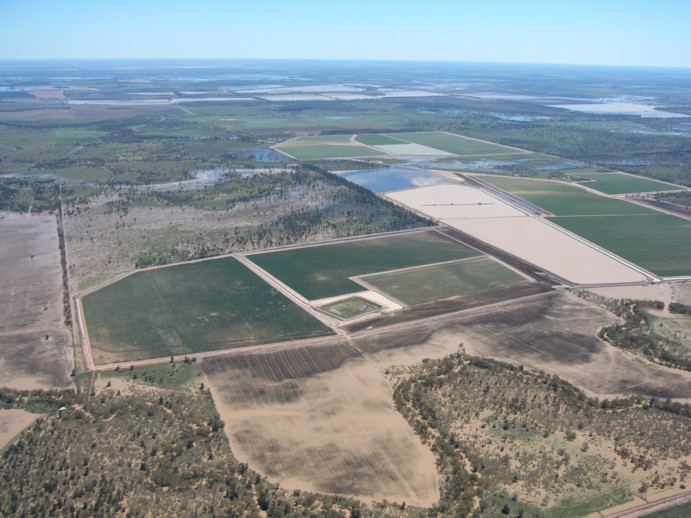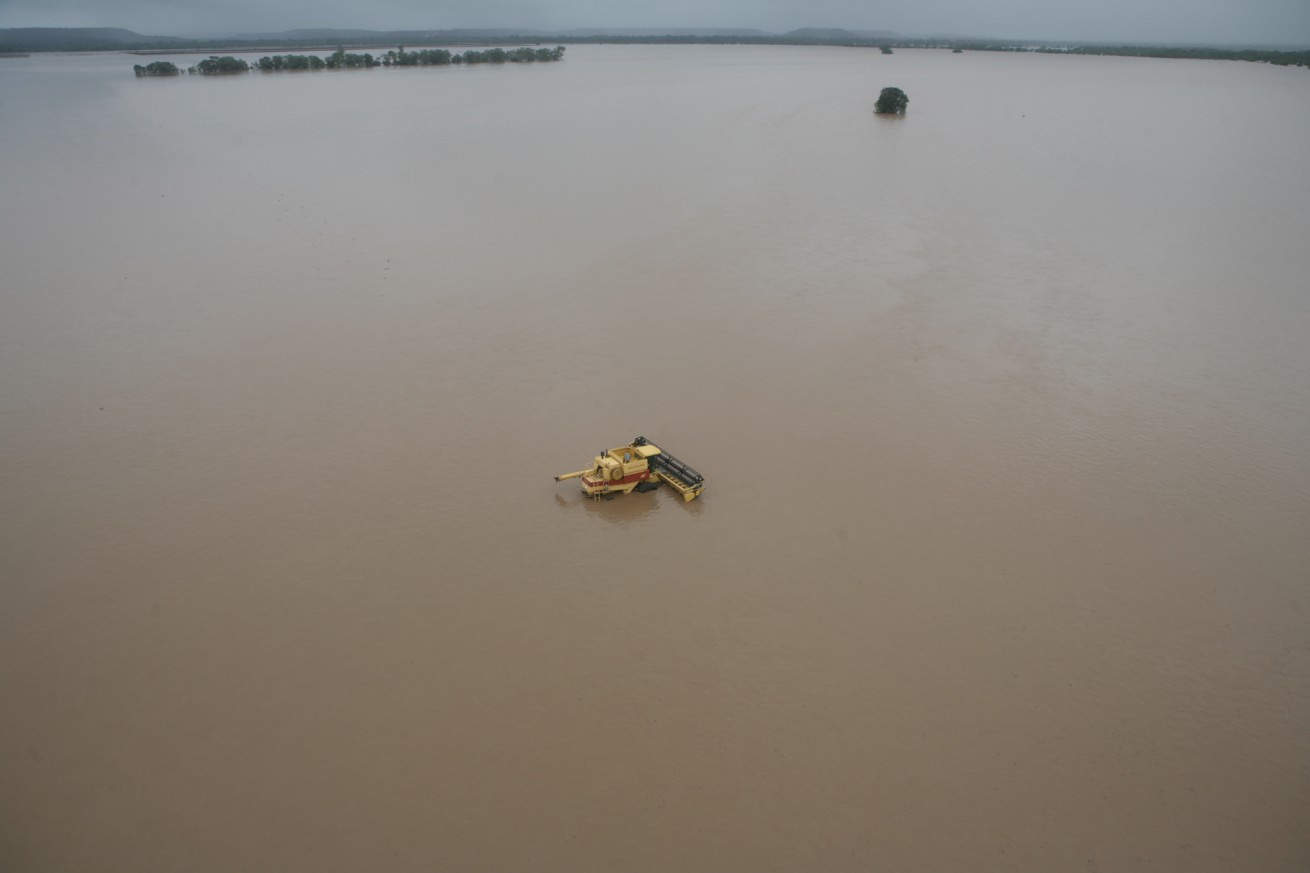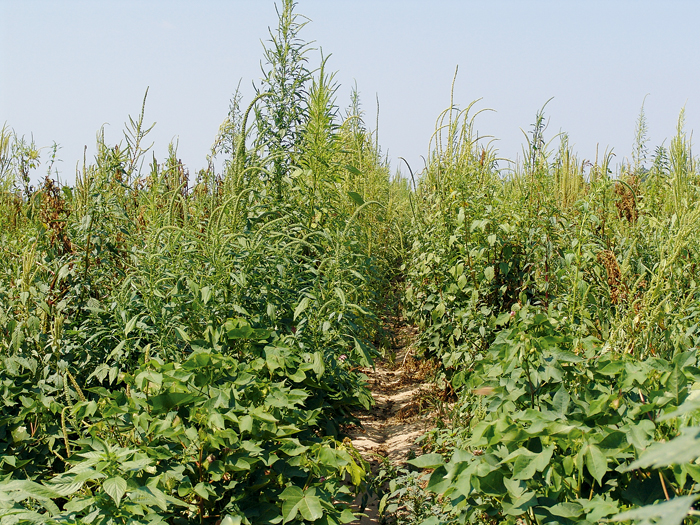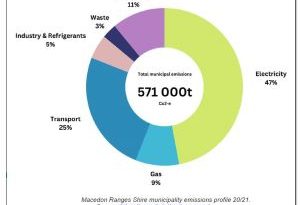Australian continent takes a big flood drink
Devastating at the time, the major floods of 2011 have since brought a vital benefit by recharging Australia’s depleted reserves of underground water. Scientists from Australia’s National Centre for Groundwater Research and Training (NCGRT) say they have been impressed with recharge rates of groundwater following the 2011 floods in Queensland and Victoria.
“Prior to the floods, water levels in the Lockyer Valley, south east Queensland were becoming perilously low in this prime agricultural region of southeast Queensland,” says Dr Matthias Raiber, postdoctoral research fellow at the NCGRT and Queensland University of Technology and now with CSIRO.
“Although the response of groundwater was highly variable owing to the complexity of the LockyerValley, in some regions we saw levels rise as much as ten metres. This kind of response is overwhelmingly positive from the perspective of water availability in the region.”
As a dry continent without glaciers, or large and abundant permanent lakes, groundwater is a critical resource for large parts of Australia. Its importance is only likely to increase in a future where rainfall patterns are expected to become less predictable, while surface supplies may become ever more stressed due to competing pressures from evaporation, population growth, industry and agriculture.
The LockyerValley is a major food bowl for Queensland, with council figures in January 2013 showing that annual turnover for agriculture, forestry and fishing in the region was $230 million in 2010/11.
“Given the importance of our groundwater reserves, it is crucial that we better understand how our aquifers recharge and at what rate. Even within the LockyerValley, there are many different processes for recharge which depend on the hydrology and geology of a location,” says Raiber.
Sanjeeva Manamperi, another researcher at NCGRT and PhD candidate at LaTrobeUniversity, is studying recharge rates in a different part of Australia, the LoddonRiver catchment in Northern Victoria. His results show a similar response followed the flooding in early 2011.
“In most places that I have examined, groundwater levels recovered by about seventy per cent in early 2011. This is quite remarkable when you think that this region suffered a thirteen year drought from 1997 to 2010,” says Manamperi.
“A smaller flooding event in 2010 improved the rate at which recharge could occur in 2011 because the surface layers were already saturated when the floods arrived. However it was the intensity of the rainfall during the 2011 event that resulted in such spectacular recharge of many of these aquifers. The large volume that accumulated in such a relatively short period of time meant that recharge occurred immediately through fractures in the rocky regions, but also seeped through the soil in other areas.
“Obviously flooding events cause serious problems on the surface – but underground they help replenish stores of water that are running out. For the time being, the 2011 floods have taken the immediate pressure off water use in northern Victoria.
Researchers at the NCGRT are making estimates of Australian groundwater availability in the future based on what they are learning about the processes of recharge during floods. In doing so they hope to provide State and federal water authorities with a clearer picture of the demands that can be sustainably placed on Australia’s underground reserves.
NCGRT director Prof. Craig Simmons says most countries do not know the extent of their groundwater resources when they begin extracting them, or how long they take to recharge. Without this vital knowledge they cannot manage them.
Find out more:
Dr Matthias Raiber, NCGRT and QUT, 0415 845 440 ; Sanjeeva Manamperi, NCGRT and LaTrobe University, 0425 619 355 ; www.groundwater.com.au . Source: National Centre for Groundwater Research and Training
Farmers want flood water ‘banked’

Australian farmers want excess water from large floods to be ‘banked’ in aquifers, for use in dry times.A survey by researchers at the National Centre for Groundwater Research and Training (NCGRT) shows that farmers in the Namoi catchment area in the Murray Darling Basin (MDB) are mainly supportive of water banking – storing surplus water underground – from large floods.
Their positive response is a big step towards providing rural and agricultural communities with additional water without drawing more from the over-extracted rivers of the Basin, says Professor Allan Curtis of the NCGRT and CharlesSturtUniversity. He says water banking, also known as managed aquifer recharge (MAR), should be the next step in water management in the Murray Darling Basin ( MDB).
“Storing water underground is more efficient than saving it in the surface dams, on which Australia currently relies. This is because large volumes of water are lost from surface storage by evaporation. Every year, the evaporative loss from farm dams in the Basin alone amounts to more than 1000 gigalitres (GL) – which is enough to supply Melbourne, Sydney and Adelaide for a year.”
As more places around Australia turn to water banking for later industrial or recreational use, researchers at NCGRT are exploring the possibility of re-charging depleted aquifers in farming landscapes using excess water from large floods. The survey of 210 farmers in the Namoi region reveals that two-thirds support the concept.
“The Namoi is one of Australia’s prime agricultural regions and extracts the largest volume of groundwater for irrigation in the MDB. It’s an ideal location for implementing water banking using excess flood water, as large floods occur regularly in the lower Namoi, and researchers predict that this will continue to happen in the future.
“We found that the supporters of water banking are more business-like and more interested in fostering equal opportunities for all community members. They generally have larger areas for irrigation, buy water more frequently, own larger entitlements and spend more time on their land. One of the respondents wrote ‘it is about time someone promoted artificial recharge, farmers in our area have been trying to convince government departments to develop the process for years’.”
On the other hand, those who expressed concern or opposed the idea said they needed more information about the concept, or were worried about possible negative environmental impacts, the survey reveals.
“It seems that they are less interested in production and profit if these outcomes negatively impact the health of the environment,” Curtis says. “They are also more likely to have had the property in the family for longer.”
“There is clearly strong support for water banking, but we need to address the other views as well, because their concerns are valid and deeply felt,” he says. “We also need to explore issues such as how water banking fits with existing water sharing plans and allocations both locally and along the MDB, who pays for the infrastructure where there are private benefits, and how to secure rights to water which has been stored in aquifers.”
Providing that it is carefully managed, water banking using water from large floods offers a largely ignored opportunity to achieve significant environmental, economic and social benefits, Prof. Curtis says.
“It can help sustain the region’s agriculture, which is highly profitable. It can also replenish depleted aquifers and reduce evaporative losses from surface storages. This is potentially a win-win situation for all.”
Find out more:
Allan Curtis, NCGRT and CSU, +61 (0)407 486 776, www.groundwater.com.au . The study “Managed aquifer recharge in farming landscapes using large floods: an opportunity to improve outcomes for the Murray-Darling Basin?” by A. Rawluk, A. Curtis, et al has been published in the Australasian Journal of Environmental Management. See: http://bit.ly/14JBIhU



